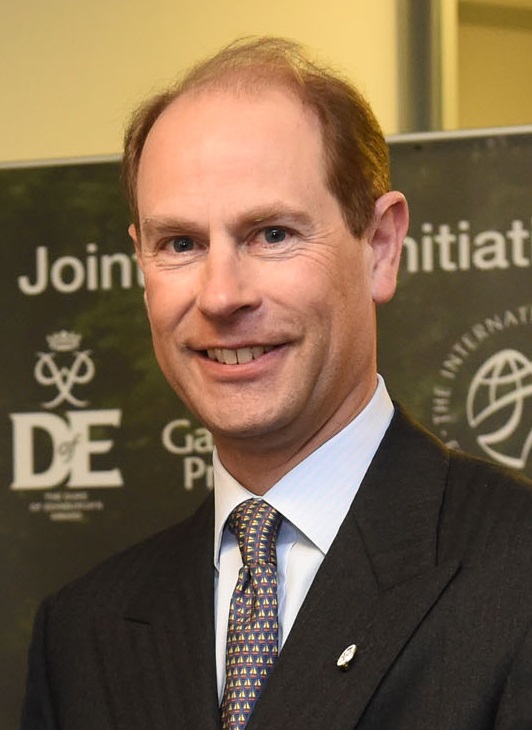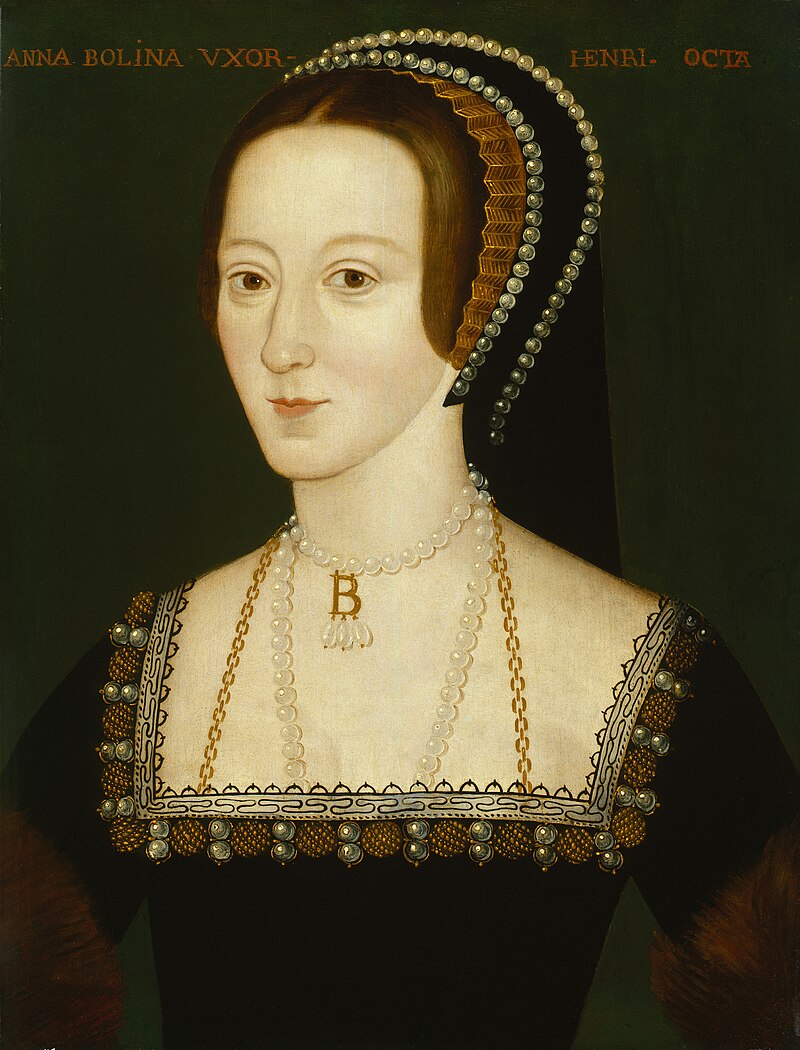by Scott Mehl
© Unofficial Royalty 2019

The Coronet of a Viscount. photo: By SodacanThis W3C-unspecified vector image was created with Inkscape. – Own work, CC BY-SA 3.0, https://commons.wikimedia.org/w/index.php?curid=10963963
Viscount is the fourth rank within the Peerage, preceded by Dukes, Marquesses and Earls, in order of creation. There have been nearly 800 Viscountcies created in the various peerages, including 14 Viscountcies created for women in their own right. Over 330 Viscountcies are still extant, however the majority are held as subsidiary titles of Dukes, Marquesses and Earls.
The word Viscount comes from the Old French visconte, which itself comes from the Medieval Latin vicecomitem, and referred to a trusted appointee or courier, and later a count. In Anglo-Norman England, it was used as an honorific, typically referring to a county sheriff. Wives of Viscounts, and women holding a Viscountcy in their own right, use the title Viscountess.

Arms of the Walter Devereux, 1st Viscount Hereford. photo: By Rs-nourse – Own work, CC BY-SA 3.0, https://commons.wikimedia.org/w/index.php?curid=30843575
The first Viscountcy was granted in 1432 when John Beaumont, 6th Baron Beaumont was created Viscount Beaumont by King Henry VI. The most-senior Viscount – known as the Premier Viscount of England – is The Viscount of Hereford. The title was created in 1550 for Walter Devereux, 9th Baron Ferrers of Chartley. The current holder is Robin Devereux, 19th Viscount Hereford. This is also the most senior Viscountcy with no more-senior titles.
The last non-Royal Viscountcy was granted in 1984, when former Prime Minister Harold Macmillan was created Earl of Stockton and Viscount Macmillan of Ovenden. The last non-Royal Viscountcy, with no more-senior title, was granted in 1983 for Thomas George Thomas, a former Speaker of the House of Commons, who was created Viscount Tonypandy.

The Earl of Wessex. photo: By Northern Ireland Office – https://www.flickr.com/photos/niogovuk/16103288623/, CC BY 2.0, https://commons.wikimedia.org/w/index.php?curid=38785243
The last Royal Viscountcy was created in 1999 as a subsidiary title when Prince Edward was created Earl of Wessex and Viscount Severn. This was the first time a royal prince was granted a viscountcy since 1726, when the title was given to two of King George II’s sons:
- Prince Frederick (later Prince of Wales) created Duke of Edinburgh, Marquess of the Isle of Ely, Earl of Eltham, Viscount Launceston and Baron Snowdon. The titles were inherited by his son, the future King George III and merged with the Crown upon his accession in 1760.
- Prince William was created Duke of Cumberland, Marquess of Berkhamsted, Earl of Kennington, Viscount Trematon and Baron Alderney. He died without issue in 1765 and the titles became extinct.
In 1917, four Viscountcies were granted to relatives of the Royal Family when they relinquished their German titles at the request of King George V:
- Prince Adolphus of Teck, The Duke of Teck – became Adolphus Cambridge, was created Marquess of Cambridge, Earl of Eltham and Viscount Northallerton
- Prince Alexander of Teck – became Alexander Cambridge, was created Earl of Athlone and Viscount Trematon
- Prince Louis of Battenberg – became Louis Mountbatten, was created Marquess of Milford Haven, Earl of Medina and Viscount Alderney
- Prince Alexander of Battenberg – became Alexander Mountbatten, created Marquess of Carisbrooke, Earl of Berkhamsted and Viscount Launceston

The Earl Mountbatten of Burma. photo: By Allan warren – Own work, CC BY-SA 3.0, https://commons.wikimedia.org/w/index.php?curid=12111584
And in 1946, Lord Louis Mountbatten, the younger son of the Marquess of Milford Haven, was created Viscount Mountbatten of Burma. The following year, he was also created Earl Mountbatten of Burma, which became his senior title. Both grants allowed for the titles to pass to his daughters (as he had no sons), and the Viscountcy became a subsidiary title of the Earldom. The titles are currently held by the 1st Earl’s grandson, Norton Knatchbull, 3rd Earl Mountbatten of Burma.

Mary Anne Disraeli, Viscountess of Beaconsfield
There have been 14 women created Viscountesses in their own right:
- Elizabeth Heneage Finch, Countess of Winchilsea (1556-1634) – Elizabeth was created Viscountess Maidstone in 1623 by King James I. She was later created Countess of Winchilsea in 1628 by King Charles I. Both titles were hereditary, and remain extant.
- Anne Bayning, Viscountess Bayning (1619-1678) – the daughter of the 1st Viscount Bayning, Anne was created Viscountess Bayning, for life only, in 1674.
- Sarah Monson Corbet, Viscountess Corbet – Sarah was the wife of Sir Vincent Corbet, 1st Baronet, an English politician who fought on the Royalist side in the English Civil War. Long after his death, Sarah was created Viscountess Corbet in her own right – for life only – in 1679.
- Grace Granville Carteret, Countess Granville (c1667-1744) – Grace was the daughter of the 1st Earl of Bath. Several years after the Bath Earldom became extinct, Grace was created Countess Granville and Viscountess Carteret in her own right in 1715. The titles became extinct following the death of her grandson in 1776.
- Margaret Coningsby Newton, Countess Coningsby (1709-1761) – Margaret was the daughter of the 1st Earl Coningsby, and was created Viscountess Coningsby and Baroness Coningsby in her own right in 1716. She later inherited her father’s Earldom, becoming 2nd Countess Coningsby. As she died with no male heirs, her titles became extinct upon her death.
- Elizabeth Villiers Mason, Countess Grandison (d. 1782) – the daughter of the 1st Earl Grandison, Elizabeth was created Viscountess Grandison in her own right in 1746. Later, in 1767 following her father’s death, she was created Countess Grandison and Viscount Villiers. The titles all became extinct upon the death of her son in 1800.
- Elizabeth Upton Rowley, Viscountess Langford (1713-1791) – Elizabeth was created Viscountess Langford and Baroness of Summerhill in her own right in 1766. The titles became extinct upon the death of her son in 1796.
- Margaretta Amelia Burgh Foster, Viscountess Ferrard (c1737-1824) – Margaretta was first created Baroness Oriel in her own right in 1790, as a way of honoring her husband, but still allowing him to continue as Speaker of the Irish House of Commons. She was later created Viscountess Ferrard in 1797. The title remains extant.
- Charlotte Gleadowe-Newcomen, Viscountess Newcomen (d 1817) – Charlotte was first created Baroness Newcomen in 1800, and then Viscountess Newcomen in 1803. The titles became extinct upon the death of her son in 1825.
- Joan Scott Canning, Viscountess Canning (1777-1837) – Joan was the widow of George Canning who served as Foreign Secretary, Chancellor of the Exchequer and Prime Minister before his death in 1827. Six months later, in January 1828, Joan was created Viscountess Canning in her own right. The title was inherited by her son Charles, who served as Viceroy of India, and was later created Earl Canning. All of the titles became extinct upon the Earl’s death in 1862.
- Anne Sutherland-Leveson-Gower, Duchess of Sutherland, Countess of Cromartie (1828-1892) – Anne was Duchess of Sutherland by marriage. In 1861, she was created Countess of Cromartie and Viscountess Tarbat in her own right, reviving titles which had been held previously by her ancestors. The Cromartie and Tarbat titles were granted with special remainder to her younger sons, as her eldest would inherit his father’s Dukedom. The titles remain extant.
- Mary Anne Evans Disraeli, Viscountess Beaconsfield (1792-1872) – Mary Anne was the wife of Prime Minister Benjamin Disraeli. In 1868, at the end of his first time as Prime Minister, she was created Viscountess Beaconsfield in her own right. The title went extinct upon her death in 1872. Four years later, her husband was created Earl of Beaconsfield, and later refused the offer of a Dukedom from Queen Victoria.
- Emily Danvers Smith, Viscountess Hambleden (1828-1913) – Emily was the widow of politician William Henry Smith. Following his death in 1891, Emily was created Viscountess Hambleden. The title remains extant.
- Muriel Douglas-Pennant FitzRoy, Viscountess Daventry (1869-1962) – Muriel was the widow of Edward FitzRoy who served as Speaker of the House of Commons from 1928 until his death in 1943. Following his death, she was created Viscountess Daventry in her own right by King George VI. The title remains extant.
Styles and Titles
Viscountcies are titled either using a place name, a surname, or a combination of the two, and rarely contain the article ‘of’ when using place names. The exception would be Viscountcies in the Peerage of Scotland, which were typically titled as The Viscount of XX. However, in practice, very few maintain that style, preferring simply to be known as Viscount XX.
- A Viscount is styled The Right Hon. The Viscount XX, and is referred to as ‘My Lord’, ‘Your Lordship’, or ‘Lord XX’.
- A Viscountess is styled The Right Hon. The Viscountess XX, and is referred to as ‘My Lady’, ‘Your Ladyship’, or ‘Lady XX’.
- Unlike eldest sons of Dukes, Marquesses and Earls, the eldest son of a Viscount does not use any subsidiary titles. All children of a Viscount are styled ‘The Hon (first name) (surname)’. Example: The Hon. Henry Devereux is the eldest son and heir of the Viscount Hereford.
LIST OF EXTANT VISCOUNTCIES, in order of creation:
Wikipedia: List of Viscounts in the Peerages of Britain and Ireland
This article is the intellectual property of Unofficial Royalty and is NOT TO BE COPIED, EDITED, OR POSTED IN ANY FORM ON ANOTHER WEBSITE under any circumstances. It is permissible to use a link that directs to Unofficial Royalty.












































